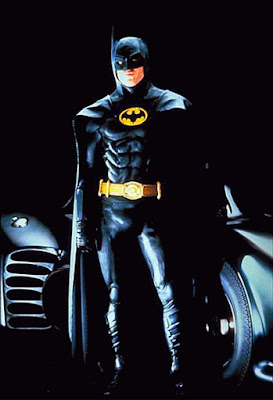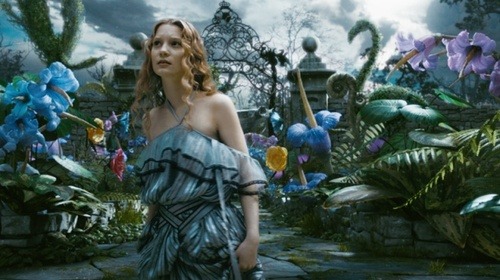
The Post-Apocalyptic genre is becoming this generation’s Freddy Kruger, Michael Meyers, and other subsequent boogey men. When the ‘80s had Jason, the ‘90s had Skeet Ulrich, and now, the 2000s and subsequent ‘10s (‘one-ohs’ or ‘tens’, depending on the vernacular) have Scorched Earth Theory. There is a strange and almost disturbing cultural undercurrent of curiosity and introspective assessment with regards to the destruction of the world. With the world getting larger in population, smaller in geographic density, and seemingly more calloused and dehumanizing, creative minds from across the spectrum have been ramping up the subsequent lore of a world, post-Homosapien. Long before the advent of film, Man has been envisioning his eventual demise. Film brought the visual, visceral ability to let Man envision a world where consequence met vice; where Man’s sins of science and the metaphysical became manifest.
‘Carriers,’ starring Chris Pine, Piper Perabo, and Christopher Meloni, bears that flag of reflecting human consequence, but invents nothing new along the way.
With a title like ‘Carriers,’ knowing the film is of the horror genre is generally enough to pique the interest. Then there is knowing Chris Pine, who captained the
‘Carriers,’ on the surface, is just another B-Movie, straight-to-DVD horror flick. There is a general subset of the movie-going audience that is eager to consume these types of films. Where ‘Carriers’ truly shines, however, is the performances of Pine and Perabo, and the dynamic those two bring to the screen. Opposites attract, and these two are essentially polar emotionally. While Brian (Pine) is holding onto his humanity by a thread, Bobby (Perabo) is maternal. Bobby is the thread, in a world where eighty percent of humanity is dead or infected, that keeps Brian attached to what is left of his humanity. Ironically, Brian is a
There is also the subject of Brian’s brother, Danny. “Ivy League,” as he keeps calling his little brother, has no intestinal fortitude. Only, it seems, by the strength and guidance of a thick-headed brother is Danny still alive. Danny has not had to make the hard decisions; his alpha dog brother has made them for him. Danny is an intellectual, but Brian will not let this fact get his brother or anyone else in the group killed. Whereas Danny wants to think out situations, Brian is more capable and comfortable using blunt force or emotional detachment to get the job done. Yet again, Brian is working towards a goal of hardening his little brother; making him ready and capable if Brian is unable to be there. This, too, is harbored in a painful secret only Brian carries.
Pine, it appears, is a character actor. Now that is not to say that this is a bad thing. In his 'Star Trek' role, he is known for the same behaviors. If there is anything to complain about, it is that Pine lacks imagination in script choice, not acting skills. His waning attachment to humanity is believable; his continued ambivalence to the human condition coupled with a sardonic view on what is left. Brian’s machismo shields him from vulnerability. Pine executes this role well.
Perabo and the supporting cast attempt to elevate the cast and movie to an emotional level that never gets there. The movie tries to stir emotion, but something in the directorial style keeps the film from ever pushing the right emotional triggers. The closest scenes would all involve Christopher Meloni and his daughter, who, in the first act, are used by the writer and directors to ask what the viewer would do if it was their child. While every good movie of this genre has scenes like this, something in the execution brought it up flat. That is not to knock Meloni’s performance; the melodrama was just predictable.
In most of these types of films, there is a level of gore and otherwise putrid visual exposition. ‘Carriers’ focuses less on the gore and mostly on the psychological possibility. Death and the sometimes nascent decomposing remains are used for making a point, not merely shock value. This makes for less visceral, sinewy visual abuse of an already desensitized viewing audience, but moves the experience to just outside the frame, leaving the mind to speculate what’s in the body bag, under the sheet, or behind the door.
While this movie was never released as a major motion picture, it does lend some credence to a study in human nature in a post-human world. Pine’s performance, coupled with a supporting cast, raises the bar on what a good straight-to-DVD movie can be. While some of the action and the lines can be formulaic for the genre, the story and character arcs keep the story moving. For a spooky, if somewhat unoriginal, look at what a world could look like if something like H1N1 was to wipe out almost all of human kind, this movie is worth a watch.









